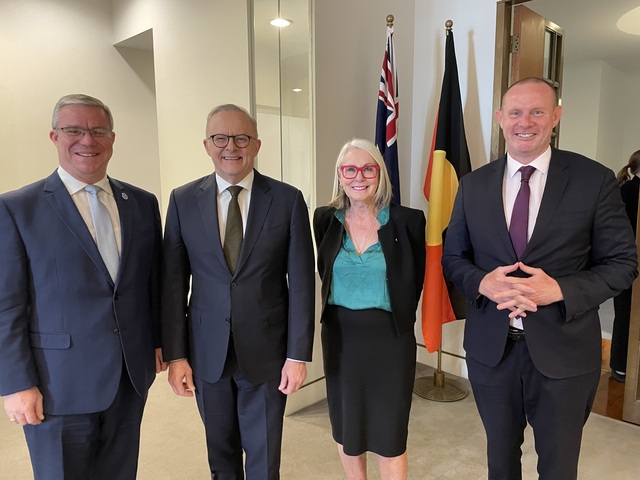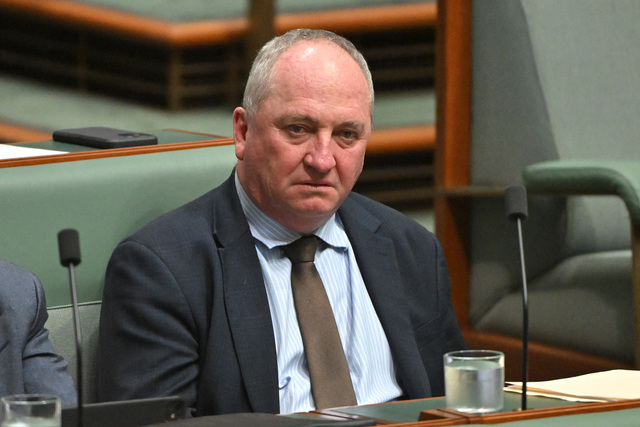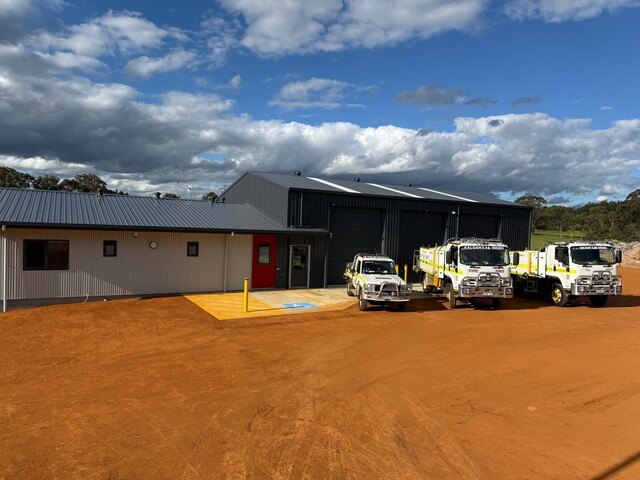Covering 510,000 square kilometres, the Pilbara comprises four Local Government authorities, the Town of Port Hedland and the Shires of Ashburton, East Pilbara and Roebourne. It is one of Western Australia’s largest regions. East Pilbara Shire is not only the State’s largest Local Government area but holds this record worldwide.
Situated some 1,100 kilometres north of Perth, the Pilbara extends from the Indian ocean to the Northern Territory border. Aboriginal history in the Pilbara dates back 30,000 years. Rock paintings and engravings are prolific throughout the area depicting the unique and rich culture of Aboriginal communities over countless generations.
Distinct tribal groups developed a close understanding of their environment and carried out careful management, supporting their hunting and gathering activities. Originally described as an inhospitable coastline by early European maritime explorers, the first land based expedition to the Pilbara did not occur until 1861.
In May 1863, the area’s first European settler, Walter Padbury, landed his stock near Cossack on the mouth of the Harding River. A pearling industry and whaling station were established in the 1870s. Pastoral activity continued to grow and the development of a wool industry saw a number of small coastal service towns established.
The gold rush in the 1880s was to be the first exploitation of the Pilbara’s rich resources. When the gold ran short, pastoral activities once again dominated the local economy until the 1960s. Iron ore reserves in the area were discovered in the 1860s. However, it was 100 years later that national and international attention turned to exploitation of this untapped wealth.
Offshore oil and gas development in the 1980s has added to the Pilbara’s extensive wealth from natural resources. Opening of mines at Mt Goldsworthy, Mt Tom Price and Newman saw new towns spring up. The construction of railways, airports and harbours soon followed.
The Towns of Newman, Tom Price, Paraburdoo, Pannawonica, Dampier, Karratha and Wickham were all constructed in the 1970s. Expansion at Port Hedland saw the development of a new population centre at South Hedland.
The region’s population increased dramatically as modern towns and infrastructure sprang up. Western Australia’s and Australia’s prosperity also grew from the Pilbara’s enormous wealth in natural resources.
Today the Pilbara has a population of 45,000 people. The region and its community is responsible for generating nearly $6 billion in export income per annum. This represents over one third of Western Australia’s total export income.







